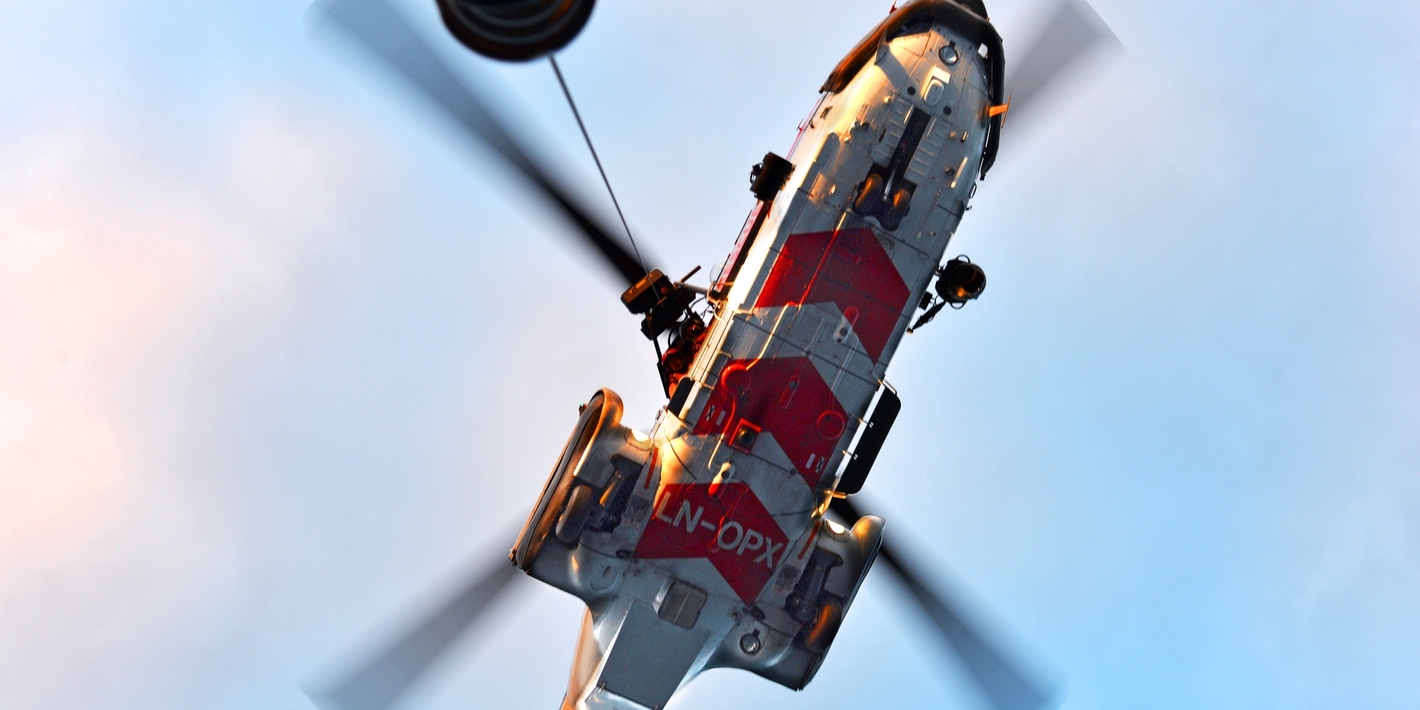Located about 175 kilometres off the coast of Mid-Norway in some 350 metres of water, the Heidrun field development concept includes the world’s largest floating concrete tension-leg platform. Our first field on stream in the Norwegian Sea Heidrun has been producing oil and gas since October 1995.
Heidrun was discovered in 1985 by Conoco, the operator in the exploration and development phase. The field has already delivered oil volumes far beyond initial expectations for the field’s total productive life. When the plan for development and operation (PDO) was submitted to the authorities in 1991, total production was estimated at slightly more than 750 million barrels of oil. Our ambition is to increase the reserves from the current 1.260 to 1.890 billion barrels of oil and gas. Producing almost 250,000 barrels of oil per day in the peak period, Heidrun’s current production is around 60,000 barrels.
The installation
The platform is a combined production and drilling platform. In addition, Heidrun has a dedicated well intervention tower for well workover activites.
In June 2015 the new floating storage vessel Heidrun B received the first barrels of oil from the Heidrun field. The vessel is designed to be permanently moored for at the Heidrun platform, in one of the harshest offshore environments in the world, for at least 30 years.
The field
Heidrun is a demanding field, with great challenges associated with sand production, scale and tough corrosion conditions in the wells. Both water and gas are now being injected to maintain the pressure in the reservoir and enhance recovery, and the use of both is being continuously optimised.
New wells are almost continuously drilled from the platform to maintain production. Efficient, inexpensive drainage points are essential to extending the field’s ultimate productive life. More than 100 wells have been drilled on the field so far, and almost the same number will be drilled before the field is shut down. The northern flank of Heidrun was put on stream in August 2000.
Transportation
Gas from Heidrun is piped to Tjeldbergodden in Møre og Romsdal, where it is used as feedstock for Equinor’s methanol factory.
From 2001 the field has also been tied in to the Åsgard transport pipeline. Heidrun gas is exported to Kårstø near Stavanger, and on to Dornum in Germany – a total distance of roughly 1400 kilometres.
The environment
The partners in the Heidrun licence have invested some NOK 600 million in a reinjection plant for produced water on the Heidrun platform. Consequently, water, and any oil or chemical residues it contains, that was previously discharged into the sea is now reinjected into the reservoir. The result is zero harmful discharges with water under normal operations. The injected water serves as pressure support in the reservoir to improve oil recovery.
The injection facility is able to handle just over 110,000 barrels of water per day.
Dvalin
The Dvalin gas field, operated by Wintershall Dea, is located some 15 kilometres northwest of the Heidrun field. The field development concept includes a subsea template with four wells tied back to the Heidrun platform through a pipeline and an umbilical.
Heidrun has been upgraded with a new 4500-tonne gas treatment module capable of handling the gas from Dvalin. The gas is processed and compressed in the module before heading through the Polarled pipeline to Nyhamna.
As the production from Dvalin declines, available capacity in the new module may be used for processing gas from Heidrun, or other neighbouring fields.
Location: Haltenbanken offshore Mid-Norway
Start-up: 18 October 1995
Production: Oil and gas
